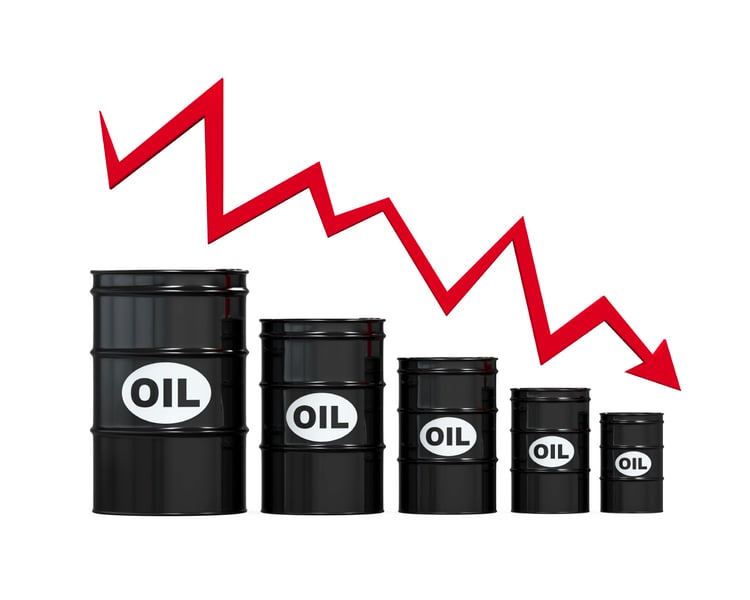The message from mutual fund companies about oil prices: There's long-term value in energy stocks, but it's going to be a rough ride. By and large, it's been good advice.
Investors got a taste of oil's volatility on Monday, when oil prices slid as much as 7% before stabilizing around $40 a barrel for West Texas light, sweet crude.
Prices fell as oil producers failed to agree to production caps at a meeting in Doha, Qatar.
Nevertheless, energy stocks have been winners this year. Energy Select Sector SPDR ETF (XLE), the largest energy ETF, has gained 6.1% this year, while Vanguard Energy ETF (VDE) is up 7.4% and SPDR S&P Oil & Gas Exploration and Production ETF (XOP) has gained 8.3%.
Fund companies have sought to be reassuring during oil's turmoil. “Energy stocks look really cheap compared with their history,” Fidelity Investments told shareholders in a Fidelity Viewpoints in February. “Looking out over the next couple of years, however, low prices may prove an opportunity for long-term investors with a strong stomach.”
Vanguard took a similarly cautious-yet-reassuring tone. “A bottom may be close as low prices are leading to less supply and stimulating demand, which will help prices recover to a more sustainable level,” Vanguard manager Greg LeBlanc told shareholders on March 4. “As far as the historical relationship between bear markets and oil prices, correlations aren't very high.”
Pimco took a similarly sanguine take on oil prices in March, saying the worst could be over. “Our commodity team presented a constructive baseline view where higher demand sparked by lower prices and, more importantly, ongoing supply rebalancing will likely take oil higher in the course of this year to around $50 (that said, we are cognizant of the risk of a renewed drop below $30 in the near term).”
Part of the rationale behind publishing market commentary is, of course, reassuring panicky investors. To some extent, fund companies may have succeeded: Equity energy funds saw net inflows of $1.2 billion in March, according to
Morningstar. Funds that invest in master limited partnerships saw inflows of $744 million. Commodity energy funds did see a $610 million outflow.







